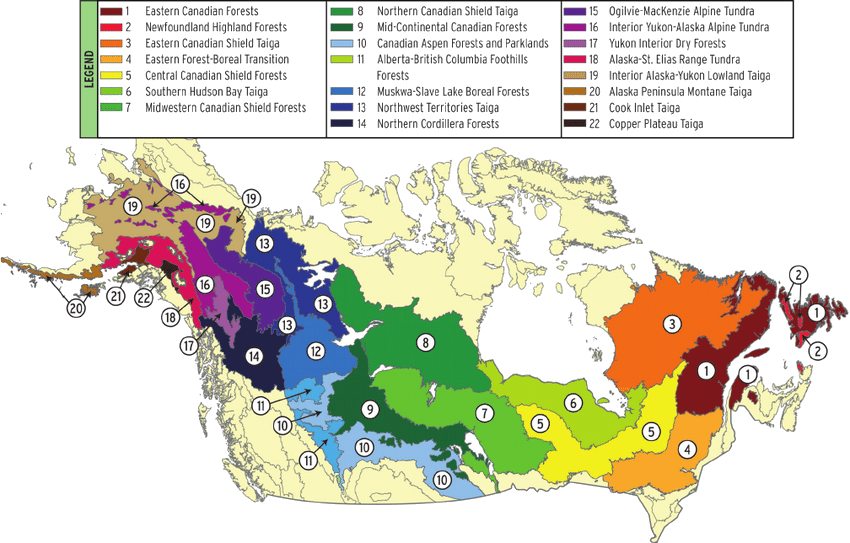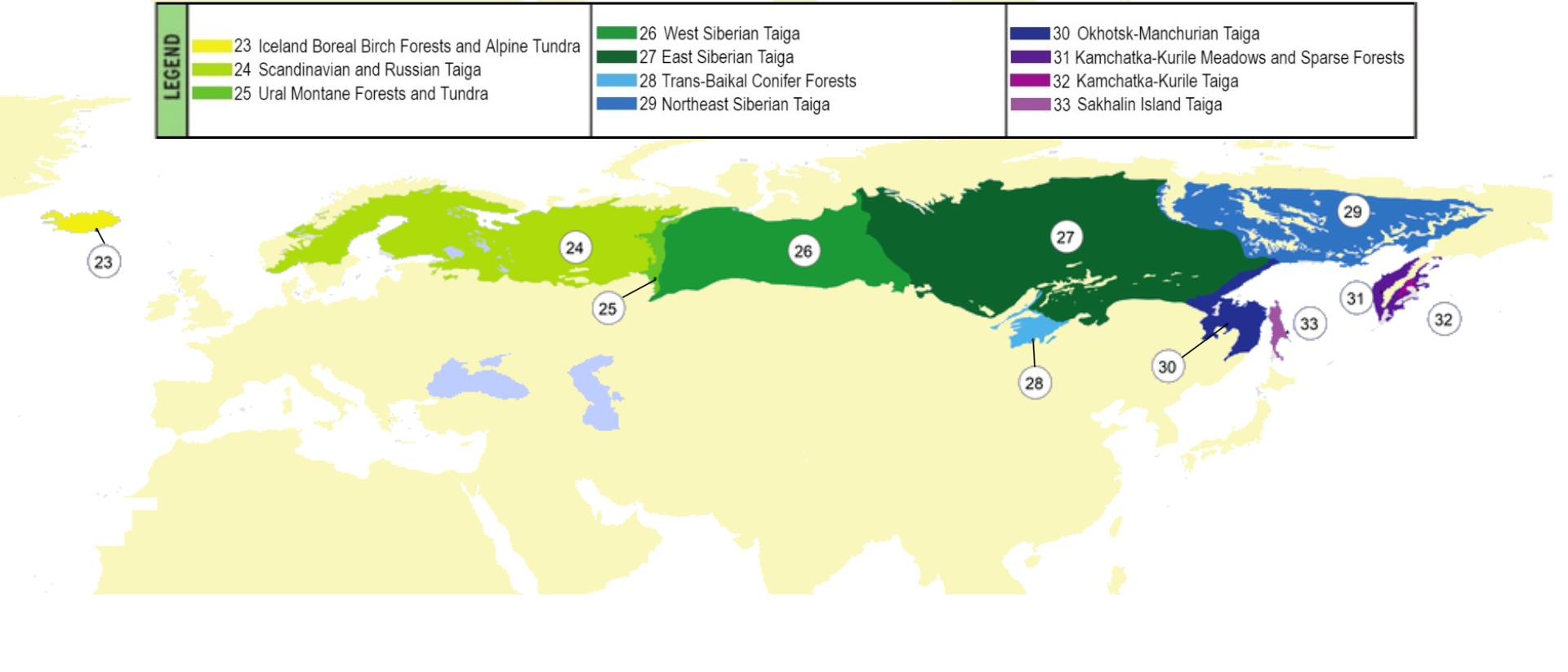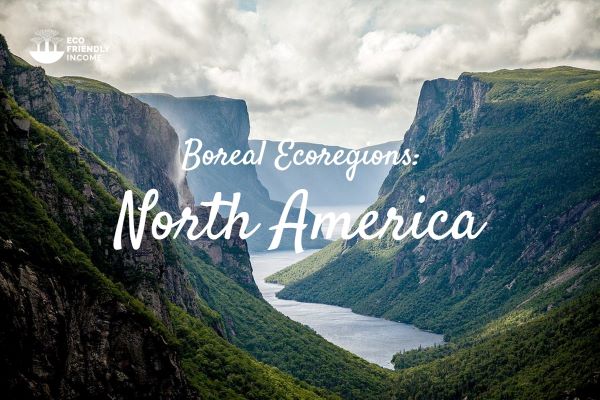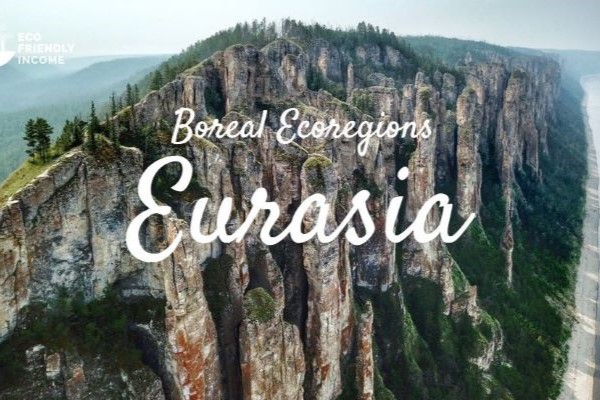- World Boreal Forests -
Herbs & Wildflowers
This subsection contains a list of herbs & wildflowers found growing naturally within the boreal ecoregions of Canada, Alaska, Siberia, Scandinavia & Iceland.
Welcome to our Boreal Forest Herbs & Wildflowers Index, where we laid out their diversity of families found in the vast northern forests.
Below, you will find the world's boreal ecoregions with concise maps: 22 zones in North America and 11 zones in Eurasia. Each plant in our index carries a number which you can use to locate its boreal ecoregion habitat range.
Additionally, any plant we have written about carries a link on its respective image to a in-depth article on how to identify and propagate it (seed and cutting).


Ecoregions are a concept brought to us by the WWF. It separates the world map by regions of ecological similiarties rather than by political or cultural borders. It is quite an interesting concept, and we have written a few articles about it below:
What Characterizes a Herb or Wildflower?
Herbs and wildflowers in the boreal forest are characterized by their non-woody, herbaceous nature, distinguishing them from shrubs and trees. These plants have adapted to the challenging boreal environment by showcasing features such as delicate stems, vibrant flowers, and the ability to thrive in nutrient-poor soils. Their low stature allows them to occupy the forest understory, where they play crucial roles in supporting biodiversity, providing essential nectar for pollinators, and adding a burst of color to the forest floor during the growing season. Many of these herbaceous plants are perennials, surviving harsh winters by storing energy in their roots and re-emerging with vitality in the spring, contributing to the resilience of the boreal ecosystem.
Iconic Herbs & Wildflowers You'll Find in the Index
FAQ
A: Herbs and wildflowers in the boreal forest exhibit a diverse range of habitats, from the forest floor to open meadows and stream banks. This diversity allows them to thrive in various environmental conditions, contributing to the overall richness of the boreal ecosystem.
A: Yes, many herbs and wildflowers in the boreal forest serve as essential food sources for wildlife. They attract herbivores and insects, forming critical links in the food web and supporting the broader community of organisms in the region.
A: Herbs and wildflowers showcase unique adaptations to the boreal climate, including specialized root systems for energy storage. Some species may also exhibit frost tolerance, allowing them to endure freezing temperatures common in the region.
A: Yes, many herbs and wildflowers in the boreal forest are adapted to survive winter conditions. Their ability to store energy in roots and withstand freezing temperatures allows them to persist through the harsh winter months, re-emerging in spring for the growing season.
"I hope the concept of ecoregions sparks your curiosity as it has for me, I think its a wonderful way to see the globe. I'd love to travel to every one of these ecoregions to visit the parks and find all the interesting plant life."
Pascal Yan






